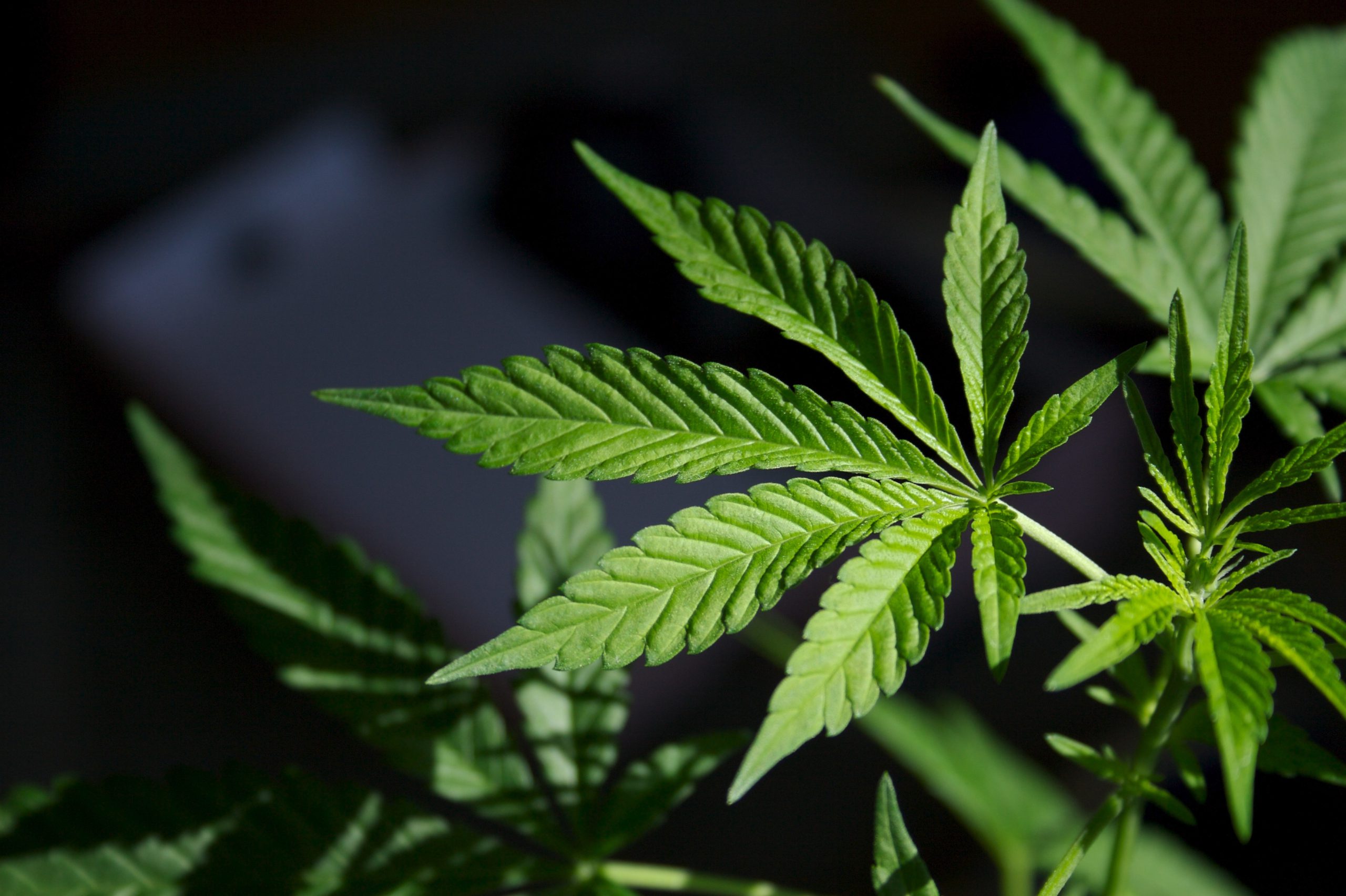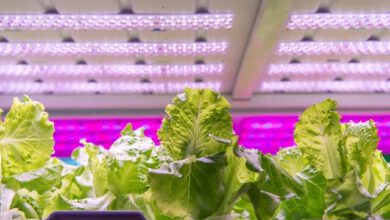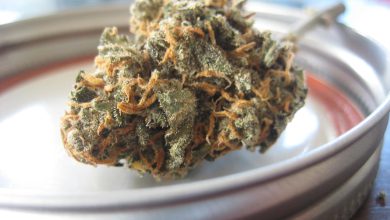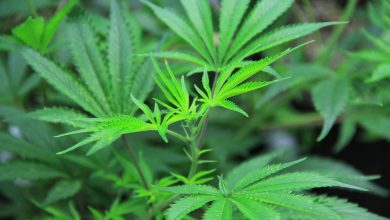Medical use of cannabis: old and new
Our studies identified synergistic interactions between cannabis molecules for different biological activities
Prof. Hinanit Koltai, hkoltai@volcani.agri.gov.il, ARO, Volcani Institute, Israel

Cannabis sativa is cultivated by human for more than 6000 years and played a part in cultural and medical activities in different traditional communities around the world. it is being used for medicinal purposes, ritual (figure 1) and social activities, as a food source and for fibers used for fabrics, ropes and textiles.
this plant is a subject for scientific studies in different countries.
Prof. raphael mechoulam and his co-workers identifying the main molecules produced by the plant conducted the earliest scientific studies on the plant. following, research of various groups identified multiple compounds in cannabis, and their medicinal activity began to be elucidated. cannabis strains bioproduce around 150 phytocannabinoids, and hundreds of terpenes and flavonoids. several phytocannabinoids were suggested to bind to specific, endocannabinoid receptors present in different cells and tissues in the human body.
There are hundreds of different cannabis strains worldwide. nevertheless, using strains only for designation of medical care may be problematic. this is due to the plethora of compounds produced by each of the strain and the combination thereof that confer different biological activities. hence, cannabis derived compounds that show the greatest activity should be selected and used for standardized and effective cannabis preparations.
.jpg)
figure 1: a post-burial ritual in siberia dated to the fifth century b.c. that included inhalation of cannabis smoke. illustrated by omer koltai.
several studies suggested that the beneficial activity of cannabis could not be attributed to a single compound. rather, a mixture of cannabis compounds was found to be with improved biological activity in comparison to a single compound, a phenomenon designated ‘entourage effect’. indeed, our studies identified synergistic interactions between cannabis molecules for different biological activities associated with medical conditions. these synergistic interactions might lay the basis for the ‘entourage effect’ reported for cannabis preparations. hence, cannabis derived compounds mixes that show the greatest synergistic activity should be selected and used for standardized and effective cannabis preparations.
.jpg)
figure 2: cannabis treatments (treatments 1 and 2) eliminate formation of gbm spheres in 3d models. sphere are clearly apparent in solvent control (blue arrows).
in our recent study (peeri et al., 2021), we have identified combination of cannabis compounds that may stop proliferation of glioblastoma multiforme (gbm) cells. gbm is the most frequent, invasive, and lethal subtype of glioma brain tumors, with poor prognosis and survival rate of 15 months. we sought to determine first, whether cannabis may effectively kill gbm cells, and second, to identify the effective combinations of cannabis compounds that may have optimal anti-gbm activity. we have identified fractions from cannabis strain (‘dq’; imc) that substantially reduced human gbm cell viability and motility. the fractions also reduced the ability of gbm cells to form spheres in 2 dimensional (d) and 3d models (figure 2). these gbm spheres are associated with the high resistance of gbm cells to the current, standard therapies. therefore, cannabis treatments may have a potential in preventing gbm chemotherapy resistance. notably, the fractions and combinations of cannabis compounds identified in this study should be examined for efficacy against gbm in clinical trials.
.jpg)
figure 3: macrophages treated with solvent control and cannabis. blue – nuclei, red – actin filaments; green – nanoparticles; bar=20 µm.
in another recent study (anil et al., 2021) we examined fractions of cannabis extract that may act anti-inflammatory in covid-19-related inflammation in lung epithelial cells. a high cannabidiol (cbd) fraction containing also cannabigerol (cbg) and tetrahydrocannabivarin (thcv) of ‘arbel’ (imc) strain substantially reduced levels of several markers of inflammation in an alveolar epithelial cell line. this phytocannabinoid mixture also reduced angiotensin i converting enzyme 2 (ace2) expression in cells. ace2 is a receptor to the covid-19 virus (sars-cov-2). however, the cannabis fraction substantially increased the level of inflammation markers in macrophages (i.e., cells of the immune system) suggesting it has pro-inflammatory activity in these cells (figure 3; cannabis treated macrophages are elongated and polarized in comparison to control). treatment with cannabis compounds cbd, cbg and thcv may have clinical value in reducing cytokine secretion in lung epithelial cells. however, for now and until efficacy is proved in clinical trials, it is suggested that users and healthcare personnel should avoid the use of cannabis for covid-19 treatment.
to conclude, for optimal activity of cannabis, combinations of highly active plant ingredients (api) should be selected from cannabis extracts. active extract fractions and the corresponding api may form a basis for manufacturing of improved cannabis based-drugs that would be specific for the treatment of various medical conditions.
references
anil, s.m., shalev, n., vinayaka, a.c., nadarajan, s., namdar, d., belausov, e., shoval, i., mani, k.a., mechrez, g., koltai, h. (2021). cannabis compounds exhibit anti-inflammatory activity in vitro in covid-19-related inflammation in lung epithelial cells and pro-inflammatory activity in macrophages. scientific reports, 11:1-14.
peeri h., shalev n., vinayaka a.c., nizar r., kazimirsky g., namdar d., anil s.m., belausov e., brodie c., koltai h. (2021). specific compositions of cannabis sativa ccompounds have cytotoxic activity and inhibit motility and colony formation of human glioblastoma cells in vitro. cancers, 13:1720.




